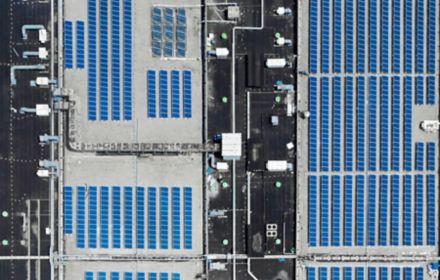In today’s complex and rapidly evolving legal environment, you expect more than sound legal advice. You are looking for a trusted advisor who provides commercially inspiring ideas and enables you to meet your global legal challenges. We aspire to be your law firm of choice thanks to our global reach and a multidisciplinary approach that leverages digital capabilities.
With more than 2,700 Legal Services professionals working in more than 80 countries, KPMG has specialists in virtually every area of law. They are connected with the strong global KPMG network of professionals in Audit, Tax and Advisory.
Connect with us
- Find office locations kpmg.findOfficeLocations
- kpmg.emailUs
- Social media @ KPMG kpmg.socialMedia
Our expertise
KPMG Law focuses on selected fields of law, pragmatic collaboration, innovative approaches and client-centric solutions, which are backed by strong credentials across sectors:
Your key contacts
We gladly remain at your disposal to answer any questions you may have.











